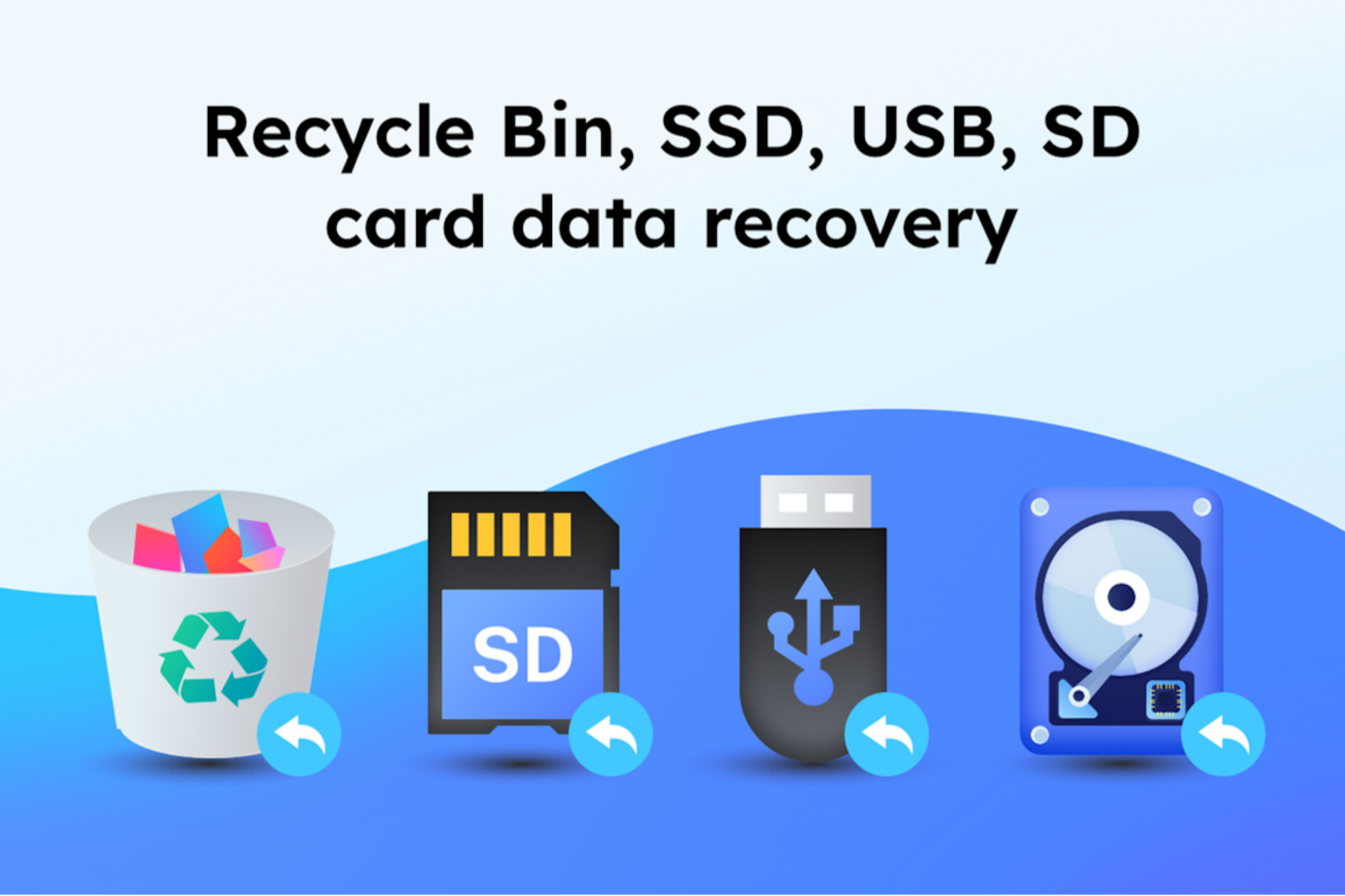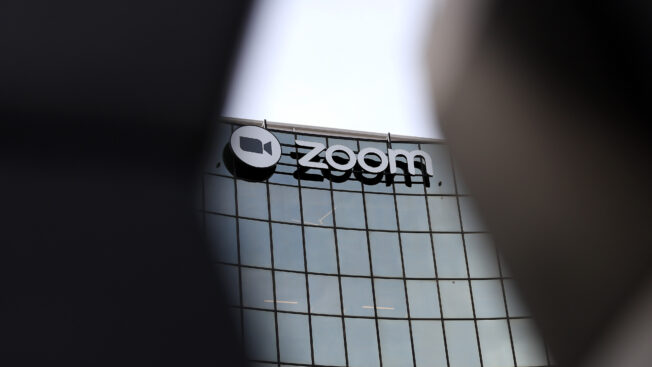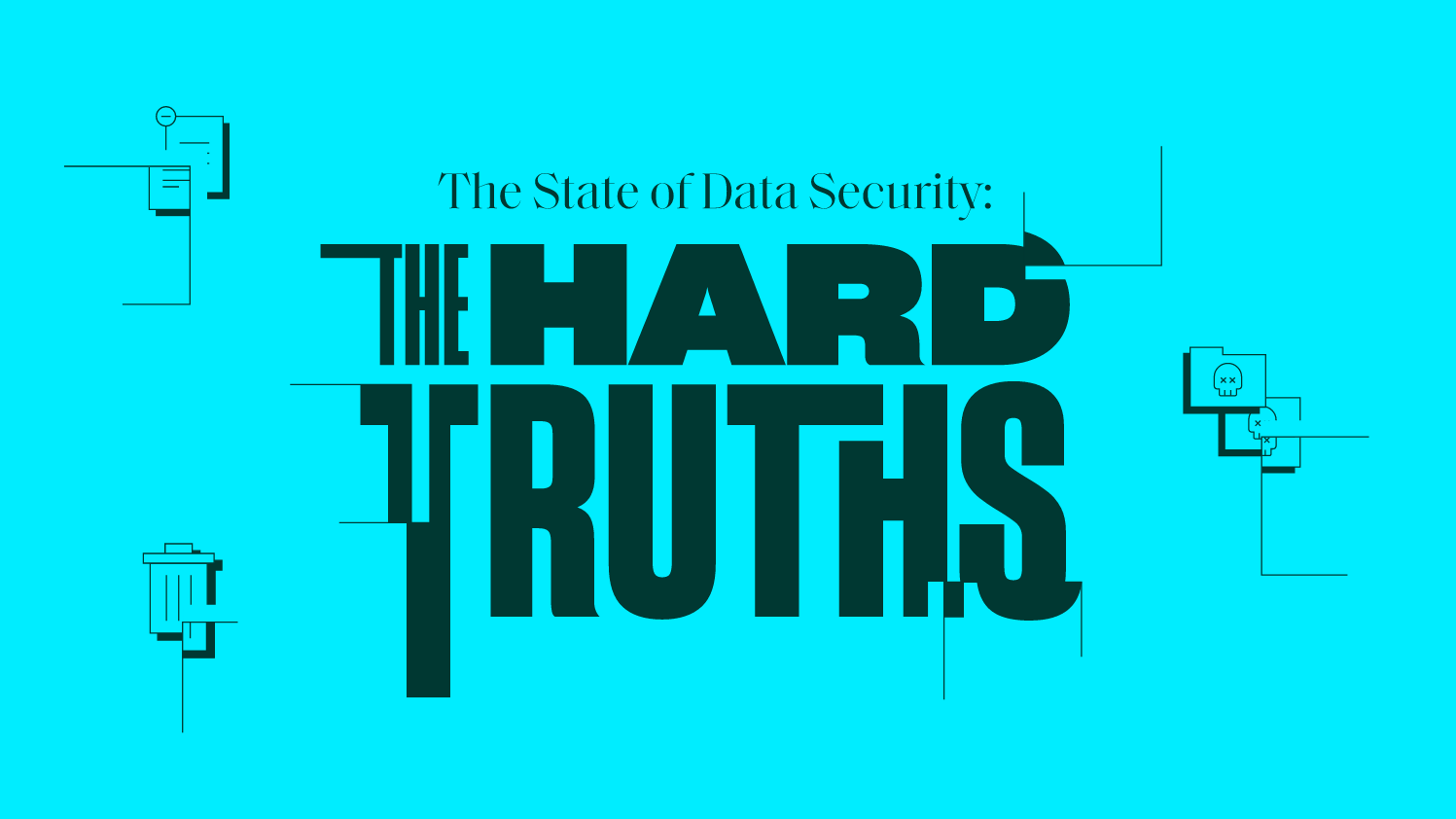California’s hotly debated Delete Act (SB 362), if passed, could upend the ad-tech data broker market. The proposal appears to be moving quickly, coming in less than a year after the Consumer Privacy Rights Act (CPRA) went into effect in January. And, since it’s a legal matter about privacy, you can bet there are a few vague terms that are muddying the waters.
SB 362 gives people a universal delete mechanism for data collected by brokers, and passed the Assembly this week. The bill now returns to the Senate for approval and could be passed as law in a matter of days.
However, this advancement has sparked debate among both supporters and opponents over the bill’s co-author Tom Kemp, also an angel investor in a company offering data deletion services for a fee.
It’s not uncommon for legislators to rely on industry expertise when drafting laws over complex topics. An investigation by USA Today underscores this trend that over 10,000 bills introduced in U.S. statehouses were copied from bills drafted by influential groups and lobbyists. Still, legal experts and bill opponents—including the vocal ad industry which has relied on using peoples’ data to target ads—are raising questions over the motives behind the legislation. Some are pushing to pause the bill’s progress to have a more transparent discussion about the consequences.
“When California passes a law, other states pay attention. It’s important for legislators to get this bill right so that other states don’t follow a severely flawed approach,” said Dan Smith, CEO of the Computer Data Industry Association (CDIA). “[If the bill passes in its current state], you could see institutions, companies and individuals set up a cottage industry.”
Why the fracas?
According to SB 362, the residents of California can request to delete their data via a free delete button on a government website. However, the bill includes a provision that lets “authorized agents” assist individuals with their deletion requests.
But, the bill lacks a clear definition of authorized agents.
“With no guardrails,” said Smith, “any company or an individual could be an authorized agent.”
Alan Chapell, president of law firm Chapell & Associates, previously looked into companies that work on behalf of people to make data subject access requests (DSAR). He found that companies tend to overstate risks to people and do a poor job of explaining how they can help consumers.
“Many misstate what the law requires companies to do, perhaps deliberately,” Chapell told Adweek. “[Authorized agent provision] incentivizes behaviors that don’t help consumers.”
Ok, why is this important?
While the Delete Act was introduced in April by California State Senator Josh Becker (D-Menlo Park), it has attracted media attention due to the involvement of Tom Kemp, a Silicon Valley-based entrepreneur, investor, and policy advisor who co-authored the bill.
Kemp explicitly identified himself as the bill’s co-author, discussing his role and amendments across different platforms, including in an email to Adweek.
According to his website, Kemp co-wrote the bill with Emory Roane of the non-profit organization Privacy Rights Clearinghouse and presented SB 362 to Senator Becker.
So, what’s the concern?
Kemp also serves as an angel investor in several companies, with investments ranging from $50,000 to $300,000. This includes a for-profit company called Atlas Privacy, which offers data removal services at a price of $150 annually. So far, the company has raised $375,00, according to Crunchbase.
Co-authoring a bill that stands to benefit an individual’s private business is a scenario that presents a conflict of interest, four sources told Adweek.
“Kemp says he’s deeply involved in the bill’s amendment process,” said CDIA’s Smith. “And he’s invested in a company that stands to be one of these authorized agents … potentially making a lot of money off the bill’s passage.”
In response to these concerns, Kemp said “It’s funny that [the opponents] are shouting about a conflict of interest. Their financial conflict in opposition [to mine] would be a million times more.”
Passing this bill will likely lead to more signal loss, conceivably making it more difficult for marketers to target audiences. Previously, tech lobbyists have pushed their agenda over water-downed versions of state privacy laws.
For Matthew Schwartz, policy analyst, Consumer Reports, the financial motivations of the opponents of the bill outweigh that of Kemp’s.
“I wouldn’t say it should be disqualifying that one person could gain from the bill without adding that the public would gain from deleting their data,” Schwartz said. “People in opposition also have a vested financial interest in the bill’s outcome.”
There are others who don’t see an issue with Kemp’s involvement.
“This is no different than any lobbyists that help craft the legislation that’s financially beneficial to [them],” said Jordan Fischer, partner at law firm Constangy, Brooks, Smith & Prophete.
Where this does become a concern is when an entire business model is generated off the backs of a law, sources say.
But, who qualifies as an author?
The debate also raises questions over who can co-author a bill.
In California, legislators author the bill when an individual or group convinces a Member of the Legislature to do so, as in the case of Kemp. The Member then sends the idea and the language for the bill to the Legislative Counsel’s Office, where it is drafted into the actual bill. The drafted bill is returned to the legislator for their review alongside the people who originated the idea for the bill. This is to ensure that the provisions they desire are in the bill in the correct form, according to California’s legislative process.
That said, the Electronic Frontier Foundation, a nonprofit group that endorsed SB 362, classifies only elected officials running a bill as its authors.
“Organizations primarily supporting the bills are referred to as sponsors. It’s common for sponsors to be folks and/or companies that have an interest in a bill’s passage,” said Hayley Tsukayama, associate director of legislative activism at EFF. “In this case, Kemp is a sponsor and not an author.”
However, Kemp contested Tsukayama’s definition and pointed out that he does not qualify as a sponsor. This is as per the latest floor alert sent to all Legislators on Sunday as reviewed by Adweek, which acknowledged groups like Privacy Rights Clearinghouse among its main sponsors.
“You can call me a volunteer, a contributor, someone who helped to draft it,” said Kemp. “But I am not officially considered a sponsor.”













